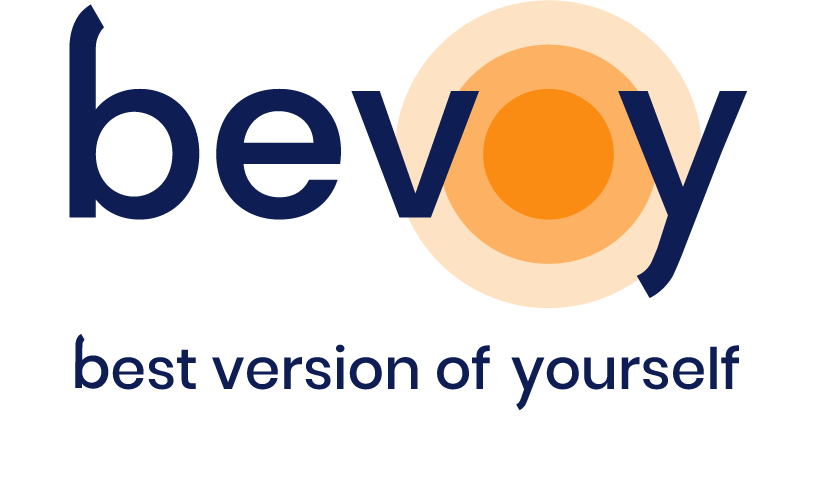Three key insights: The importance of a positive corporate culture
- A positive company culture is created by listening to employees and investing in core values, onboarding and development.
- Investing in sports initiatives, feedback and leadership support contributes to employee well-being.
- Measuring the Return on Investment of a positive corporate culture remains challenging, but motivated, healthy and happy employees deliver a positive impact on the company.
You gain nothing from a fantastic business result with dead unhappy employees, but you also gain nothing from overjoyed employees and a company that is unsuccessful. So the question is: How do you create a sustainable and positive corporate culture that simultaneously benefits the bottom line?
“Listening,” says Femke de Vleeschouwer. We speak at length with Femke, who is Head of HR at SaaS scale-up Teamleader, about The ROI of a positive company culture. “We believe you can’t create a good corporate culture from the top down. It really has to come from within,” she continues. “That means we are constantly listening to what’s going on in the organization with employees, but more importantly responding to that.”
"We believe that you can't create a good corporate culture from the top down. It really has to come from within"
Femke de Vleeschouwer
Investing in a positive corporate culture: the practice
So what does that look like in practice? “For us, it all starts with the core values of our company, which we use as guidelines during the hiring process. Because we need the right colleagues who also fit the culture we want to create,” says Femke.
“The next step is the onboarding of new colleagues. On the one hand, this is all about the culture with us, so that people really get to know our company, and on the other hand, we introduce them to other departments so that they experience how we work together.”
Once people then finish onboarding, they begin a special track called Grow & Develop, which aims to help new colleagues bond with the company culture.
“That track is completely linked to our values. Employees can take 5 sessions throughout the year, each of which zooms in on a specific value,” Femke continued.
It doesn't always have to be grand
But, of course, there is more than just norms and values within a corporate culture. Play and fun is also important. Though that goes beyond a ping pong table and a pizza night here and there.
Femke: “For example, we see a lot of sports initiatives coming from the teams themselves and we try to facilitate this as much as possible. In any case, we constantly ask our people for feedback and try to let as much as possible come from within. The little things that make colleagues feel happy and healthy are the most important. It doesn’t have to cost a lot.”
Of course, the initiatives don’t just come from the employees themselves.
Larger projects are also regularly organized from the HR department. But always close to the established vision. Femke and her team are in close contact with management, as initiatives must always be supported by the entire organization. That’s when you make the most impact.
So how much may be invested in corporate culture?
Femke: “My advice when it comes to budget: don’t start too big. Start with small initiatives and test what works. Getting pleasure out of your work and feeling good, that is different for everyone. So with one big idea you will never be able to satisfy everyone and thus get the maximum in return. To do that, engage in a lot of conversation with employees.”
“Furthermore, we support employees in leadership positions as best we can. Because the success of leadership is also the success of our organization,” Femke explains. “From leadership, the conversations with employees have to start. Everyone needs to feel safe enough to express themselves and everyone needs to feel supported.”
In order to manage this, Leadership Principles have also been established within the Teamleader organization. If those guidelines are followed, chances are the company culture will pay off as well.
Understanding the Return on Investment of corporate culture
Surveys and personal interviews are important tools for Femke and her team. But is it possible to further quantify the Return on Investment?
According to Femke, it remains a challenge. “It’s hard to measure. But we’re really working in this especially in a people-oriented way. How do we help our employees and teams perform at their best?”
Feedback from employees and team leaders is crucial in this. It often remains the best way to measure how people within the organization feel about their performance, role within the team and the company itself.
The disadvantage of this is that it is very intensive and difficult to make measurable for the entire organization, which in turn makes it difficult to adjust accordingly.
Fortunately, today there are smart and affordable solutions to structurally measure and reward employee well-being.
It remains subject to the personal standard
Surveys and evaluation interviews are therefore, for now, indispensable tools in the HR department’s toolbox. The Return on Investment of a positive corporate culture is made measurable as much as possible by applying scoring for workload and wellbeing, for example .
“But it always remains subject to the personal experience and standard of the person filling it out,” Femke concludes.
So corporate culture and its results continue to depend on people work. But at Teamleader, they believe in the power of a positive company culture and invest diligently in their people every day.
Because motivated, healthy and happy employees are guaranteed to pay off.




